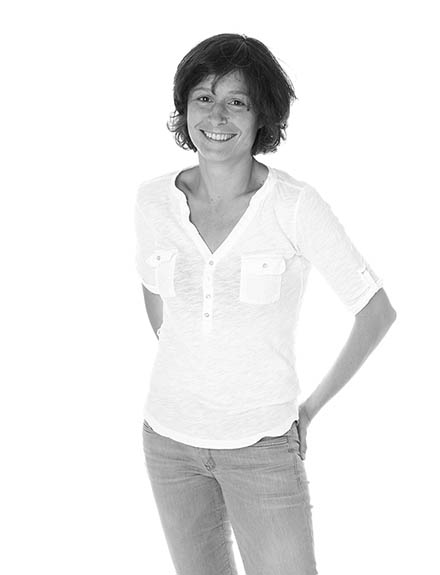| marie-hélène le ny |
|
photographist |

|
“At
the time of colonisation, the French began to transport goods
from inland Mali to the coast via the Senegal River that runs
through the Kayes region. The Soninke, who were working on the
river, asked for laptots – river men – to help with
this transportation of goods. His relationship tightened when
the French recruited sailors for the merchant navy. Many Malians
arrived in France at the start of the 1960s. It was a case of
circular migration. The first members of a family stayed for
several years. Once they had earned enough money, they would
return home, but before they could do this they had to be replaced
by another family member. After 1974, with the end of labour
immigration, these Malians began to settle in the country and
family reunification policy programs marked the beginning of
the arrival of women in France.
As part of my PHD in development economics, I left to spend 18 months in the Kayes region of Mali which sends most Malians to France. It's a very dry region, but a region that benefits from the presence of the magnificent Senegal river, a very blue river flowing through land with a slightly reddish hue. Within the Institute of Research for Development where I work, I am particularly interested in the benefits of migration for the countries of origin and focus specifically on Senegal and Mali. My goal is to provide an accurate assessment of both the number of migrants as well as the funds sent to the country, particularly by Malians. These transfers protect the families by shielding them from income shocks and this in an African context where there is no insurance or credit. Another portion of the money from migration passes through associations created in France by migrants who want to develop these places of origin.” |
||
|
Flore Gubert Research Manager, Research and Development Institute, DIAL laboratory |
|||
|
|
|
|